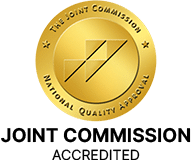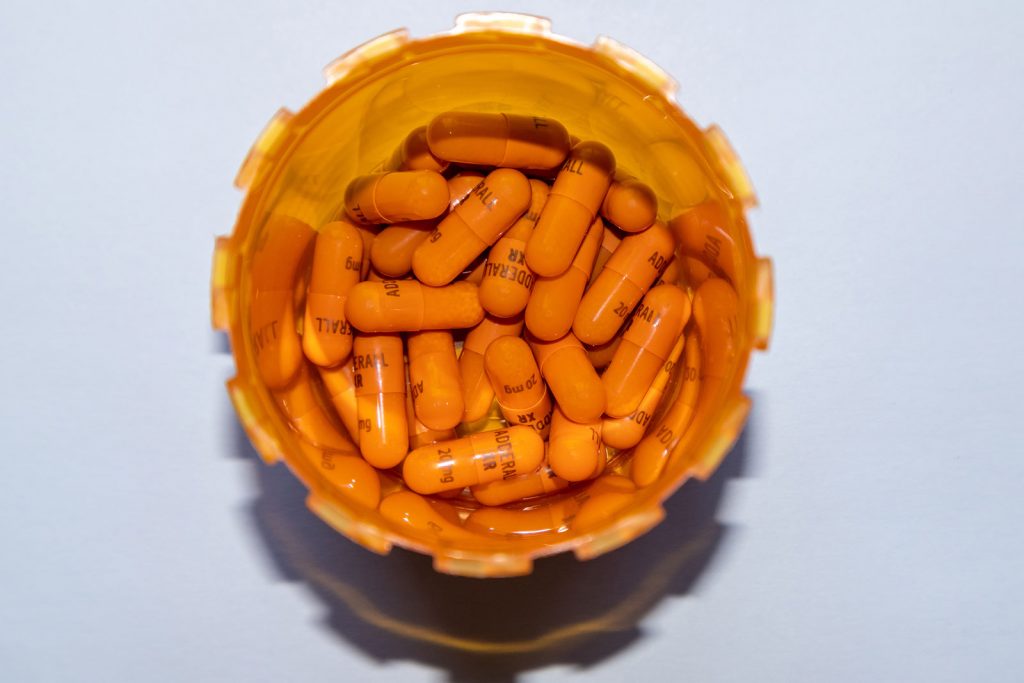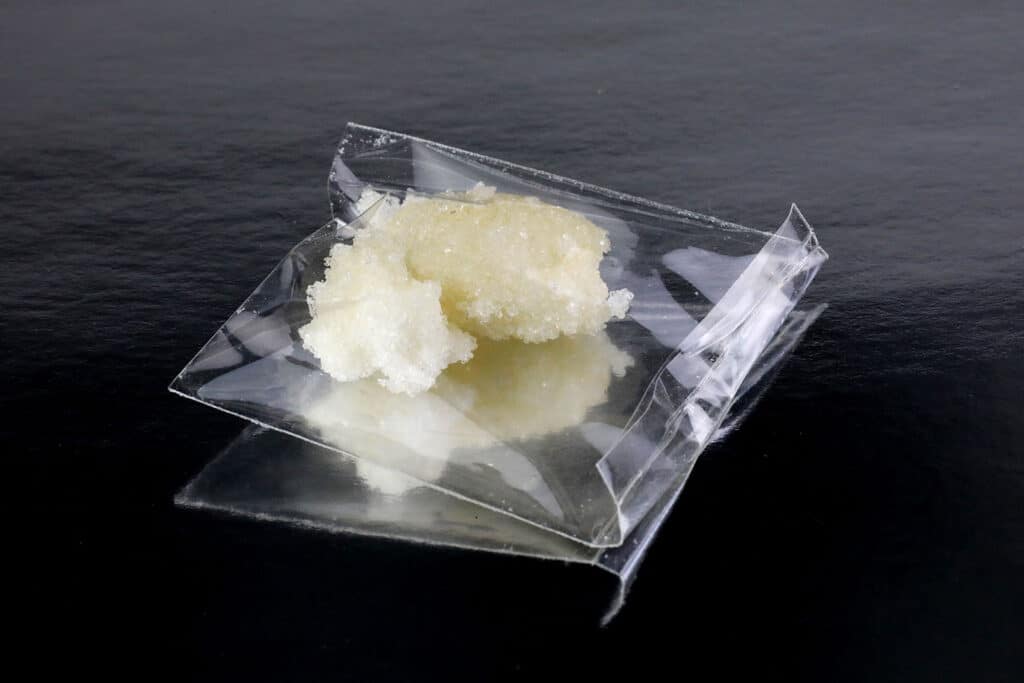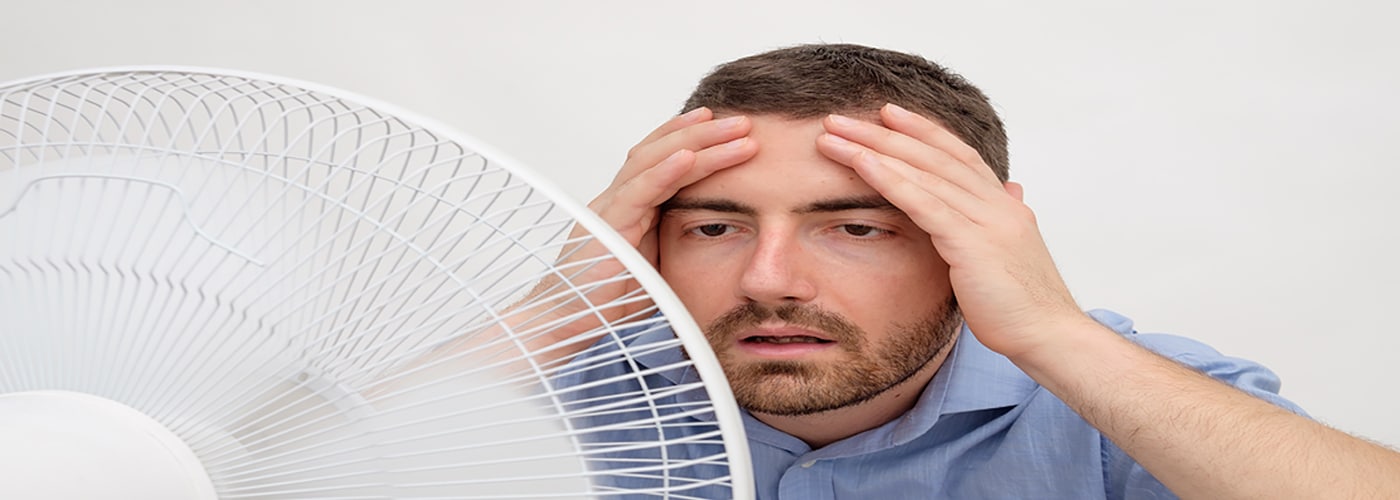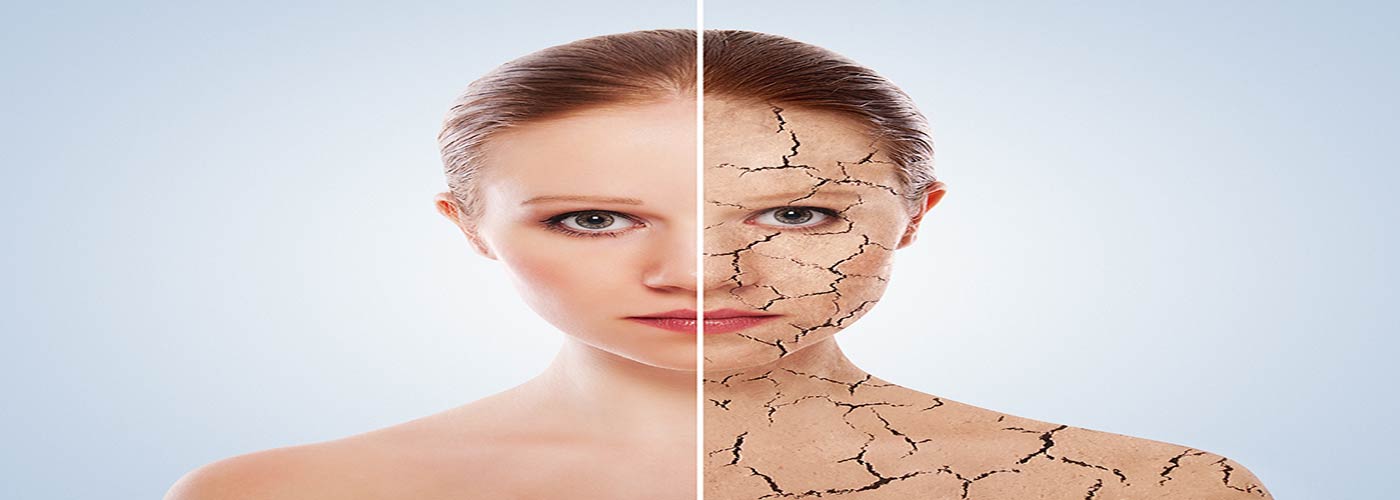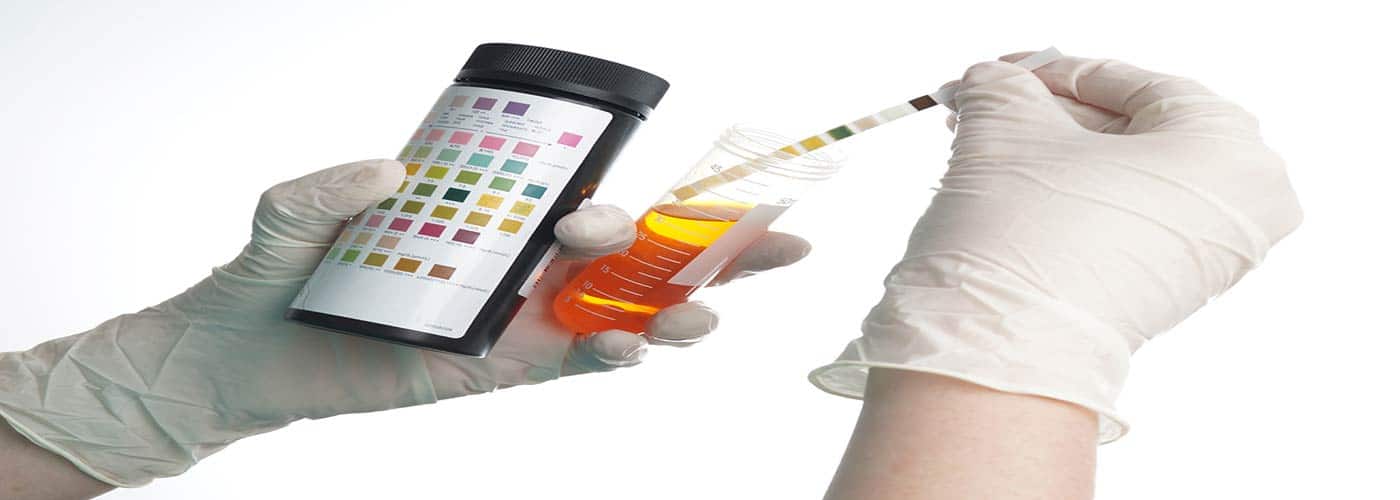You may have become impulsive or aggressive lately, but this occurs when someone has an alcohol use disorder. Your personality changes, so you may recognize yourself in the alcoholic personality traits in this article’s description.
What Does Alcohol Do to the Brain?
Alcohol suppresses the central nervous system. This means that it slows your brain’s activity down. When this occurs, your mood changes, and you can lose your ability to control yourself. Alcohol also impairs your memory and makes it harder for you to think clearly. It is also the reason that you lack coordination when you drink.
Gamma-aminobutyric acid, or GABA, causes you to experience euphoria and pleasure when you drink alcohol because it increases the amount of dopamine in the brain. Dopamine is a neurotransmitter that plays a role in the brain’s reward center. When the presence of dopamine increases because of alcohol consumption, you begin to feel an increased amount of confidence, more socially at ease, and even stronger sex drive.

People often do not drink alcohol alone; they combine it with other substances. Some of these may be benzodiazepines, marijuana, and cocaine. These substances may be stimulants, and when combined with a depressant, they can cause serious adverse effects. These effects often lead to accidents. So, if you are concerned about your alcohol consumption, it may be time for you to get help for your alcohol use disorder.
What Are the Personality Traits of an Alcoholic?
Alcohol use significantly changes your personality, so specific alcoholic personality traits exist. When someone has an alcohol use disorder, they tend to have the personality and behavior traits of most people in this category.
Alcohol use disorder is a “chronic, relapsing disorder,” and it can be drinking that is only a problem for you, drinking that is related to physical or psychological dependence, or uncontrollable abuse. When this is the case, the answer is our program at ReCreate Life Counseling. You would be a candidate for our program if you can fit into the description of an alcoholic below:
The Main Traits of an Alcoholic
When you are having a problem with alcohol, you will tend to exhibit the following traits:
- You may be deceptive or manipulative.
- Your priorities may shift.
- You may have self-esteem issues.
- You may blame others for the problems you are having.
- You might apologize constantly or make a lot of excuses for your behavior.
- You may be very impulsive.
- You may also be very reckless.
- You will be focused on alcohol to exclude all other things and activities.
Alcoholic Personality Traits
The following are common alcoholic personality traits:
Feeling Frustrated
When experiencing an alcohol use disorder, you may easily feel frustrated throughout the day.
Blaming Other People
You may blame others for your actions and never take responsibility for the problems you cause. This tendency begins to create tension between friends and family members. An alcohol use disorder also causes you to be defensive. For example, you may blame your difficult circumstances on what is going on in your life. You may even begin to believe that your family members, your coworkers, your romantic partner, or the people you live with are responsible for the reason that you are drinking.
Experiencing Anxiety
The anxiety can be related to your fear of failure or being in a social setting.
Feeling Guilty
You may appear to be enjoying yourself while consuming alcohol, but the alcohol may mask incredible guilt.
Low Self-Esteem
The most common trait is low self-esteem. When you don’t feel worthy of being in the same space as other people, you may feel like you need a coping mechanism. The first coping mechanism that you may use is alcohol. That may be because it is legal and socially acceptable to drink, and it helps you avoid the problems you are experiencing very well, but it doesn’t last.
Reckless Behavior
When you drink, you are more likely to engage in reckless behaviors. If you are under the influence of alcohol most of the time, this can be a very serious issue. This is when you are more likely to fight with other people. You are also more likely to drive after consuming alcohol, which can have devastating consequences if you drive for a living. Reckless behavior also includes arriving at your place of business or school while you are intoxicated.
Reckless behavior is something we can all engage in at one time or another in our lives, so it isn’t necessarily the result of abusing alcohol. If you were known as a likable person and became reckless due to alcohol, you may be experiencing an alcohol use disorder.
Shifting Priorities
A very common trait that someone with a substance use disorder has is the tendency to shift their priorities so that they can drink alcohol. Instead, you may seek alcohol and drink than attend to your work priorities, childcare responsibilities, or romantic relationship.

You may have noticed your grades suffer if you are in school right now. If you are working, you may not be paying as close attention to your duties as you had in the past. You also begin to neglect your personal hygiene, which is noticeable if you were meticulous about your appearance before alcohol took over your life.
Financial Struggles
People experiencing an alcohol use disorder often struggle financially. Many people experience times when their finances are not as stable as they would like them to be. Still, financial instability can also mean that the consumption of alcohol is the cause of the instability.
First, it can be expensive to keep a supply of alcohol at all times. You may be in the habit of drinking at a bar, but purchasing alcohol at a bar is more expensive than buying it at a store. You can inadvertently spend much more money at a bar than in other circumstances. You may also have used being at a bar as an excuse to consume alcohol. Ordinarily, it wouldn’t spike anyone’s interest if you said that you were going to the bar for a drink, but this may only be your way of making your alcohol consumption appear normal.
An alcohol use disorder can also cause your job performance to suffer. If you are psychologically or physically dependent on alcohol, you may have difficulties completing your work day without drinking alcohol. In most cases, businesses have rules that employees are not allowed to drink while on duty. If you go to work while intoxicated, you may risk losing your job.
Uncontrollable Drinking
Uncontrollable drinking is the inability to stop drinking when it may be prudent. You may drink more than your limit when you are out in public and cannot control yourself.
If you constantly drink alcohol, you may be psychologically or physically dependent on the substance. This dependence causes you to believe you cannot function normally unless you drink. At this point, you are addicted to alcohol, and it is impossible for you to stop.
Making Excuses All of the Time
Alcohol is practically everywhere. Someone offers a champagne toast when we go to birthday parties, graduations or weddings. Several mimosas also accompany brunches. If you are going on a date or with friends, it isn’t unusual to end up at a bar. These are frequent instances that allow you to make excuses to drink.
Drinking to excess often leads to the disapproval of others, but when you have an alcohol use disorder, you are always prepared to offer an excuse for your drinking. These excuses are the harrowing time you had at work this week or the troubles you are having in your relationship. It doesn’t matter what the problem is; you can come up with a reason that you need to take a drink.
Treatment for Alcohol Use Disorder
Obtaining treatment for your alcohol use disorder at ReCreate Life Counseling ensures you have the best chance of recovering from your disease. Substance use disorder is a disease, and as such, it can be treated. After this happens, you will be able to recognize yourself once again.
The first step in the treatment process is entering the detoxification process. During the detoxification process, we ensure that all the harmful substances that alcohol leaves behind in your body are removed. This is a necessary first step because, when you are addicted to alcohol, you will experience withdrawal symptoms if you try to stop drinking alcohol on your own. You may receive medications to help you tolerate these symptoms, and then we will treat your psychological addiction with therapy.
Contact us today if you are ready to know what life can be like without using alcohol. We can offer you residential treatment, partial hospitalization, outpatient treatment, and intensive outpatient treatment.
Published on: 2022-10-31
Updated on: 2024-04-07


